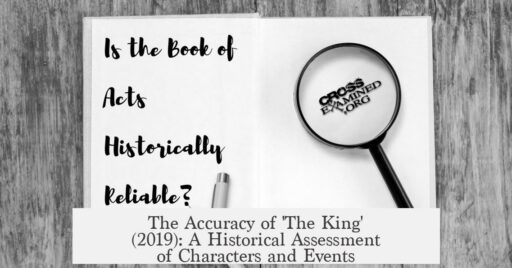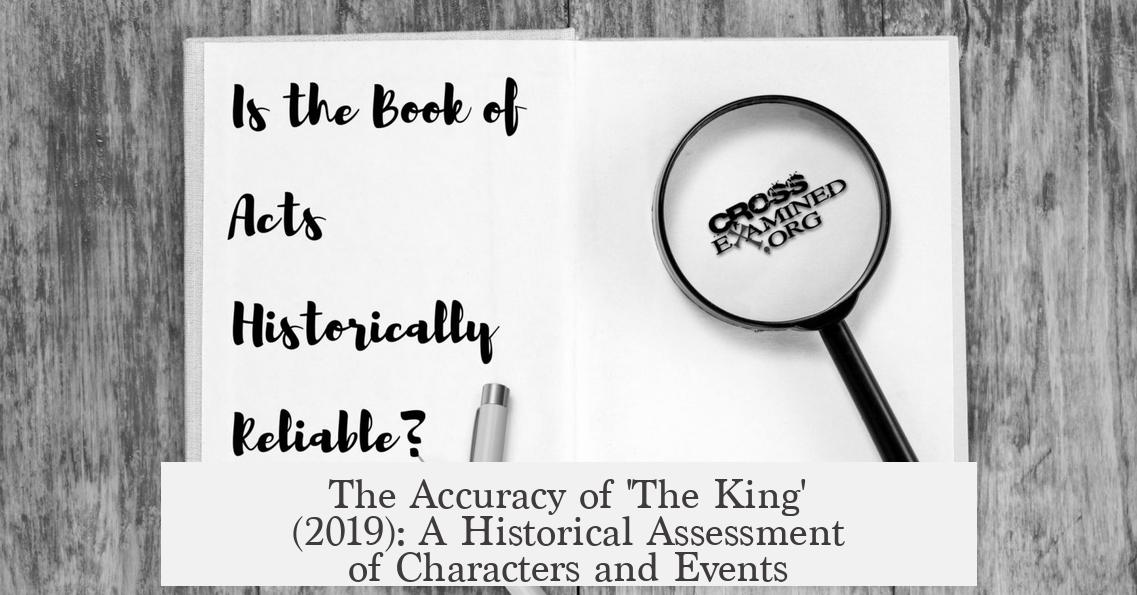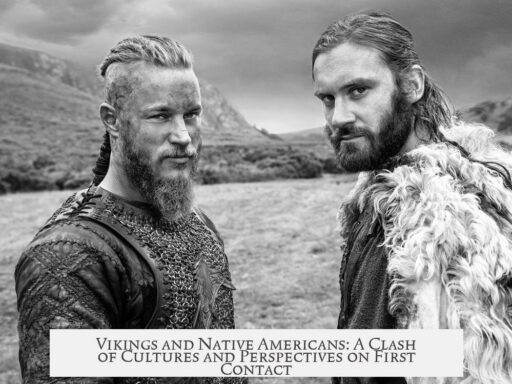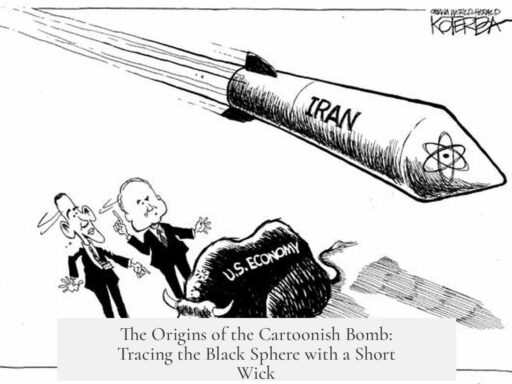The King (2019) takes major liberties with historical facts, blending fiction with reality in ways that affect its accuracy significantly. The film presents key figures and events from the late medieval period around Henry V’s reign and the battle of Agincourt, but often diverges from actual history to serve dramatic needs.
One of the clearest examples of inaccuracy is the character of Sir John Falstaff. In the film, Falstaff appears as Henry’s close friend and war advisor, a veteran soldier with deep insights. However, Falstaff is a complete invention by Shakespeare, never a historical figure. The real Henry V had no known companion like Falstaff in his youth or at Agincourt. Shakespeare likely based the character loosely on Sir John Oldcastle, a real person executed for rebellion, but the movie’s portrayal remains purely fictional and dramatizes Falstaff as a sacrificial hero.
The film also misrepresents the death of Hotspur, a famous figure in the historical rebellion against Henry IV, Henry V’s father. Contrary to the movie’s suggestion that Henry V killed Hotspur in personal combat, Hotspur actually died from an arrow wound at the Battle of Shrewsbury, under the command of Henry IV, two months before Henry V became king. This misrepresents key timelines and events in the narrative.
Regarding the battle of Agincourt itself, the movie skips many factual details in favor of spectacle. The English definitely used wooden stakes to protect longbowmen from French cavalry, a central defensive tactic. However, the film shows incorrect formations, omits these stakes in some scenes, and has archers behaving unrealistically by firing arrows high into the air—an unproven tactic with little historical support. Arrows punching cleanly through plate armor, as depicted, defies what is known about medieval weaponry and armor effectiveness.
The English army’s struggle with disease like dysentery before the battle is also downplayed. Historically, Henry’s forces were sick and exhausted, affecting morale and effectiveness. After Agincourt, Henry did not achieve an immediate decisive conquest but rather a temporary retreat, returning to France 18 months later to press claims.
| Aspect | Film’s Depiction | Historical Fact |
|---|---|---|
| French Dauphin | Present at battle, depicted as younger than Henry | Not at Agincourt; older than Henry; died months later of illness |
| Henry’s Role in Battle | Leads cavalry charge on horseback | Fought on foot, wore full armor with helmet |
| Battle Tactics | Limited use of stakes; cavalry charge attacks men-at-arms | Wide use of stakes to block cavalry; cavalry targeted archers |
| Archery Tactics | Shooting arrows in high arcs | Likely shot at close range for effectiveness |
The portrayal of Henry V diverges from his known character and political motivations. The film shows him as a hesitant, peace-loving figure who is manipulated by scheming nobles and forced into war. Historically, Henry was an experienced leader and soldier well before becoming king, committed to his claim on the French throne. His reign and military actions were driven by ambition and the ongoing Hundred Years’ War, not political naiveté. The suggestion that English nobles tricked him into invading France lacks historical evidence.
The assassination plot against Henry is another fictional element. While there was a conspiracy against him, it was linked to rival English factions, not French interference. The movie compresses and dramatizes events like executions without proper legal process, unlike historical trials.
Catherine of Valois’s characterization also departs from facts. The film places her marriage treaty with Henry immediately after Agincourt, but it actually happened five years later. Their interactions and her attitudes toward the marriage are imagined for dramatic effect. Historically, marrying Catherine linked the English and French crowns, but she likely accepted the union for political reasons rather than the reluctant demeanor shown.
The film’s focus on injecting modern sensibilities into characters sometimes undermines historical complexity. For example, the “emo” depiction of Henry as a reluctant warrior contrasts with documented evidence of a battle-hardened leader. Similarly, exaggerated villainy assigned to the French simplifies the context of medieval conflict.
The King’s production design and costume elements, such as Henry wielding a war hammer in battle, align more closely with some period practices, showing an attention to certain historical details. However, these are exceptions amid broader dramatic licenses.
- Sir John Falstaff is entirely fictional and misrepresents Henry’s circle.
- The battle of Agincourt’s tactics and outcomes are simplified and altered.
- Henry V was an experienced king, not a reluctant or naive one.
- Key events like Catherine’s marriage and assassination plots are shifted or invented.
- The portrayal reflects modern narrative preferences rather than strict history.
Overall, The King (2019) offers a dramatized, stylized glimpse into Henry V’s era with many factual inaccuracies. It blends Shakespearean fiction and historical events loosely. Audiences should view it as an entertainment piece rather than a reliable historical account.
How Accurate Is ‘The King’ (2019)? A Deep Dive Into History and Hollywood
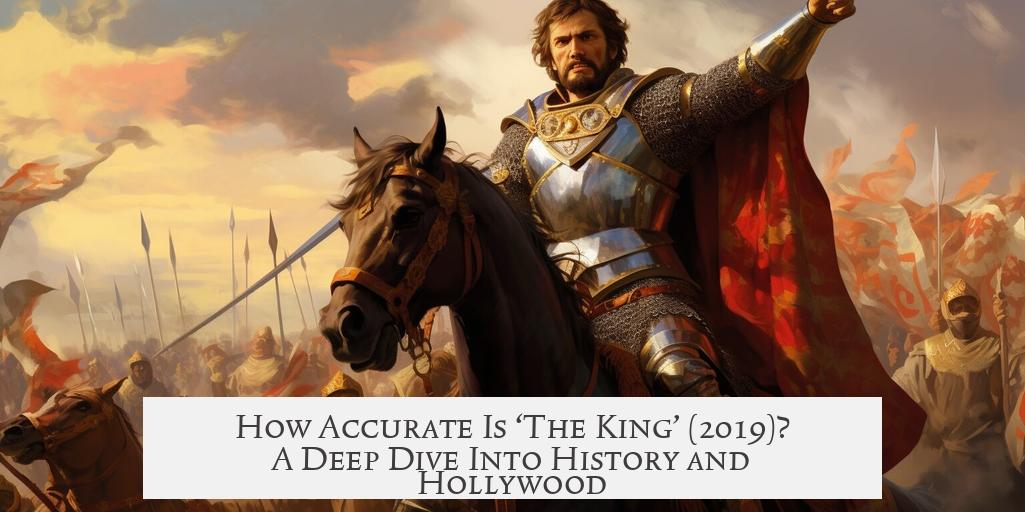
If you’re wondering how accurate ‘The King’ (2019) really is, here’s the upfront answer: the film takes massive liberties with history. It’s a mashup of fact, fiction, Shakespearean drama, and cinematic flair. If you expect a history lesson, prepare to squint and squabble with your inner historian. But if you enjoy a wild ride through medieval English politics sprinkled with Hollywood panache, this one’s for you. Let’s break down what the movie gets right, where it veers off course, and why those inaccuracies matter.
Fictional Characters That Walk Off Shakespeare’s Page
One of the most glaring calls to “historical liberty” in The King is the portrayal of Sir John Falstaff. Spoiler alert: he never existed. Falstaff is Shakespeare’s creation, a boisterous, larger-than-life character who never trotted the fields beside Henry V or led troops into battle. The movie treats Falstaff as a battle-hardened veteran and mentor. In reality, Shakespeare probably based Falstaff on Sir John Oldcastle, who was a real, much more serious figure—executed for rebellion and religious radicalism. So the buddy bromance at Shrewsbury is pure fiction.
And what about Hotspur? Shakespeare’s plays and the movie suggest a dramatic duel with Prince Henry. The truth? Hotspur died of an arrow wound to the face during a battle where Henry V was nowhere near the killing blow—Henry IV commanded the army then. The prince was busy healing from a nasty arrow shot himself. So, that climactic moment in the movie? Fiction again.
The Battle of Agincourt: Hollywood’s Playground or Historical Battlefield?
Agincourt is one of history’s most debated battles, with plenty of myths surrounding it. The movie gives it this grand, cinematic set piece feel but slips on many details.
- The English forces did use trees to their advantage, but not by hiding archers in them. The archers stood at the wings, protected by narrow woodlands that blocked French cavalry from flanking them. The film’s dramatic shots of archers camouflaged in trees? Creative license.
- Archers hammered wooden stakes into the ground to thwart the French cavalry’s charge. This tactic was crucial and very real. It’s a surprise the film downplays the stakes, which played a major role in repelling the attack. Stakes weren’t just props—they were life-savers.
- The French cavalry’s main move was to attack the English archers first. Yet, the movie shows a smaller mounted charge and misses the impact of the stakes, while also almost forgetting the cavalry carried lances—vital for charging but absent in the film. That’s like showing a knight without a sword.
- The famous arrows shooting straight up into the sky? That’s a myth likely inspired by tales like Thermopylae. Archers aimed close and direct, firing straight at their foes. Upward firing slows arrows dangerously and reduces lethality.
Henry’s armor gets its own cinematic glow-up. Historical records hint he wore full armor and fought on foot at Agincourt. Some sources even say a piece of his helmet was sliced off in battle. Yet, the movie opts for more open-faced, less protective looks, perhaps for emotional expressiveness over battlefield realism.
The Dauphin and French Leaders: Missing in Action
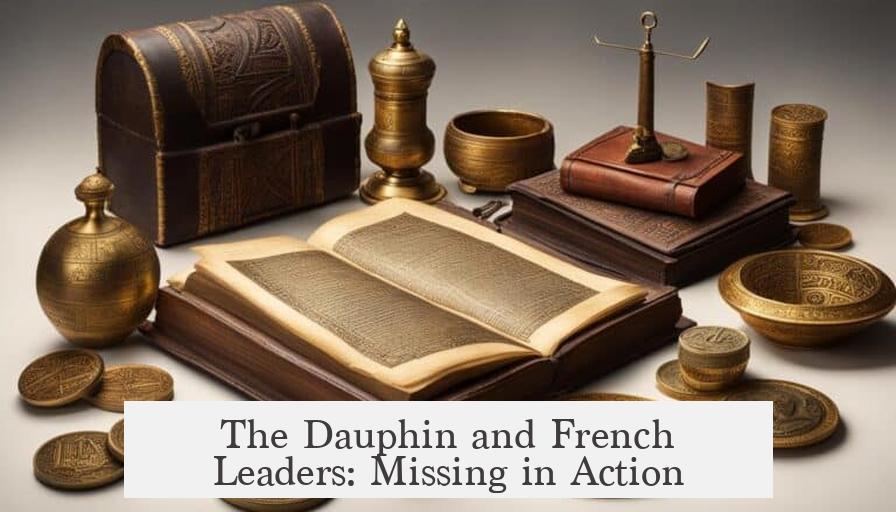
The Dauphin of France, Louis of Guyenne, never attended the Battle of Agincourt. Contrary to the film’s portrayal of a cocky youth tangled in negotiations and duels, he was in Rouen with his father. He died months later of illness—no dueling heroics involved.
Interestingly, at the time of Agincourt, Henry was 31 and experienced, while the Dauphin was only 19. The film flips this dynamic, lending the Dauphin more clout and presence than history affords. Another historic no-show is the French nobility’s absence from the dramatic negotiations and conspiracies depicted, painting the French side with a much broader, unjust brush.
English Army’s Grit and Grim Realities
Life in Henry’s army was rough. Contrary to the “we won, celebration!” movie vibe, the troops were suffering terribly from disease, including dysentery. Victory at Agincourt didn’t immediately secure Henry’s claim. After the battle, he retreated back to England and only returned full force 18 months later. So, if you thought Henry was the unstoppable medieval warrior in the film, reality checks in with a dose of human vulnerability.
Speaking of Henry V: The Man, The Myth, The Movie
The movie’s portrayal of Henry V is a bit of a puzzle. The real Henry was a seasoned general and a politically savvy ruler by the time he ascended the throne. There was no question he’d be king and no wavering in his ambition or capabilities.
But the film leans into a very different Henry: a brooding, reluctant warrior with pacifist leanings who only fights because of nefarious French deeds. It paints the French as caricature villains with broad “allo-allo” accents and wicked plots, presumably to give the reluctant hero more cause to duke it out. This framing is mostly artistic invention. Historians see Henry as ambitious and pragmatic, not a peace-loving emo king dragged into battle.
One nugget of truth the film captures is Henry’s choice of weapon—he wields a hammer rather than the typical sword, highlighting a personal touch to his combat style. Yet, that glamorized battle montage ignores armor accuracy and general battle tactics.
Political Intrigue: War Causes and Plots
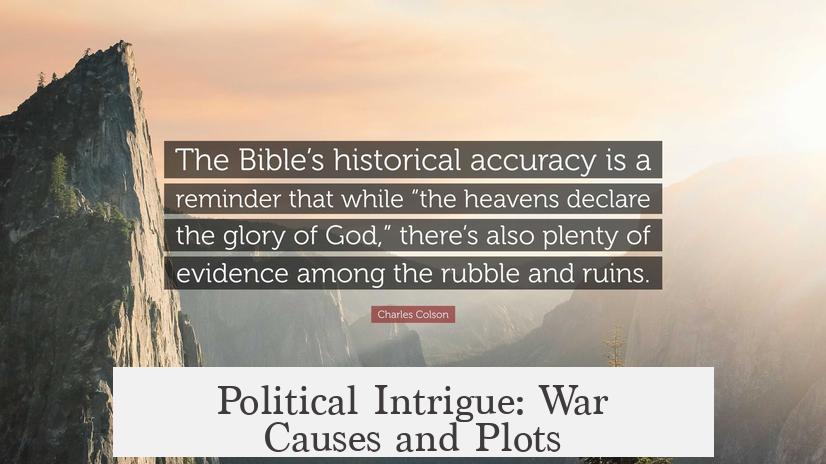
The movie suggests the English invasion was a trick played on Henry by his nobles, blaming the French unfairly to force war. History trumps this drama—the Hundred Years’ War had already dragged on fifty years by then, and Henry’s decision to invade France bore the mark of clear ambition and a chance to solidify his claim to the French throne.
Meanwhile, an assassination plot against Henry did occur but with no French involvement. Instead, it was linked to a rival claimant to the English crown. The movie’s betrayal and immediate execution scenes gloss over the legal procedures of the time, which included formal trials—not impulsive beheadings based on promises.
Catherine of Valois: The Royal Matchmaker
The film dramatizes Catherine of Valois’ relationship with Henry V, including early conversations suggesting reluctance or disdain. But historical records place their marriage treaty five years after Agincourt. There’s no evidence she was less keen about marrying Henry; on the contrary, it was a powerful alliance that poised her to be one of the most influential queens, uniting England and France—though that dream faded historically.
So Why Do These Inaccuracies Matter?
Does it bother you when history is bent for the sake of drama? Should filmmakers stick to the truth like knights to their code, or is liberty acceptable to craft a compelling story? The King tells a story that resonates emotionally but dances around facts to fit its narrative arc. Knowing the real history enriches the viewing experience, almost like finding the Easter eggs and secret levels in a video game.
Besides, these inaccuracies show the difference between storytelling focused on historical education versus storytelling designed to captivate an audience unfamiliar with medieval history. It can spark curiosity, prompting viewers to research and learn more, which is a hidden benefit.
Final Thoughts and Recommendations

For history buffs and medieval scholars, The King presents a mixed bag—an entertaining introduction tinted with fantasy and inaccuracies. If you want history, read up on Henry V, the Hundred Years’ War, and Agincourt from primary sources or a well-annotated history book.
If you watch the movie, do it with a grain of salt and an eye for what makes history memorable: human motivations, messy politics, and gritty reality. Imagine the movie as loosely inspired by history, much like Shakespeare’s plays themselves were—dramatic, engaging, but not strictly factual.
So, how accurate is The King? It’s a big theatrical “maybe” with a head full of fiction. But it’s not without charm or value—just don’t let it replace your history class.
Quick Historical Fact Table for The King (2019) Accuracy
| Aspect | Movie | Historical Reality | Accuracy Verdict |
|---|---|---|---|
| Sir John Falstaff | Key mentor and soldier, childhood friend | Fiction, based loosely on executed rebellious noble | Fictional |
| Hotspur’s Death | Killed in duel by Henry V at Shrewsbury | Killed by arrow; Henry V was not present at death | Inaccurate |
| Battle of Agincourt Tactics | Archers in trees, arrows shot high, missing stakes | Archers on wings, stakes hammered in, straight arrow fire | Mostly inaccurate |
| French Dauphin | Present and duels Henry | Not at battle; died later of illness | Inaccurate |
| Henry V’s Character | Reluctant pacifist, hesitant leader | Experienced, ambitious, strategic king | Inaccurate |
| French Motivations for War | Manipulation revealed by Catherine | War part of long-standing conflict, clear ambition | Fictional addition |
| Catherine of Valois | Early reluctant confidante | Married 5 years later, powerful queen | Dramatized |
Curious for more? Historical films always spark debates. So next time you see a medieval epic, ask yourself—what’s the story and what’s the history? And maybe read a book on the side.
